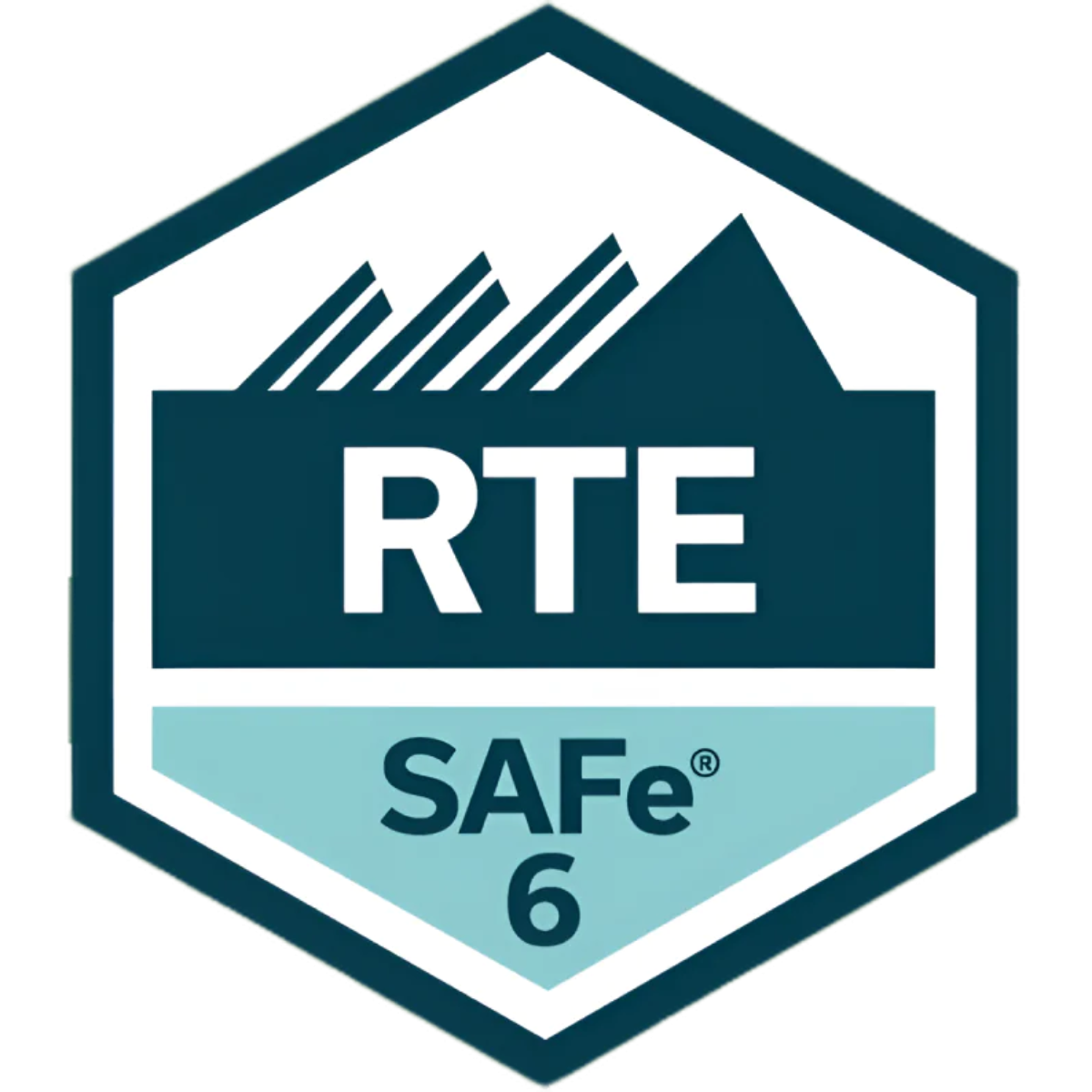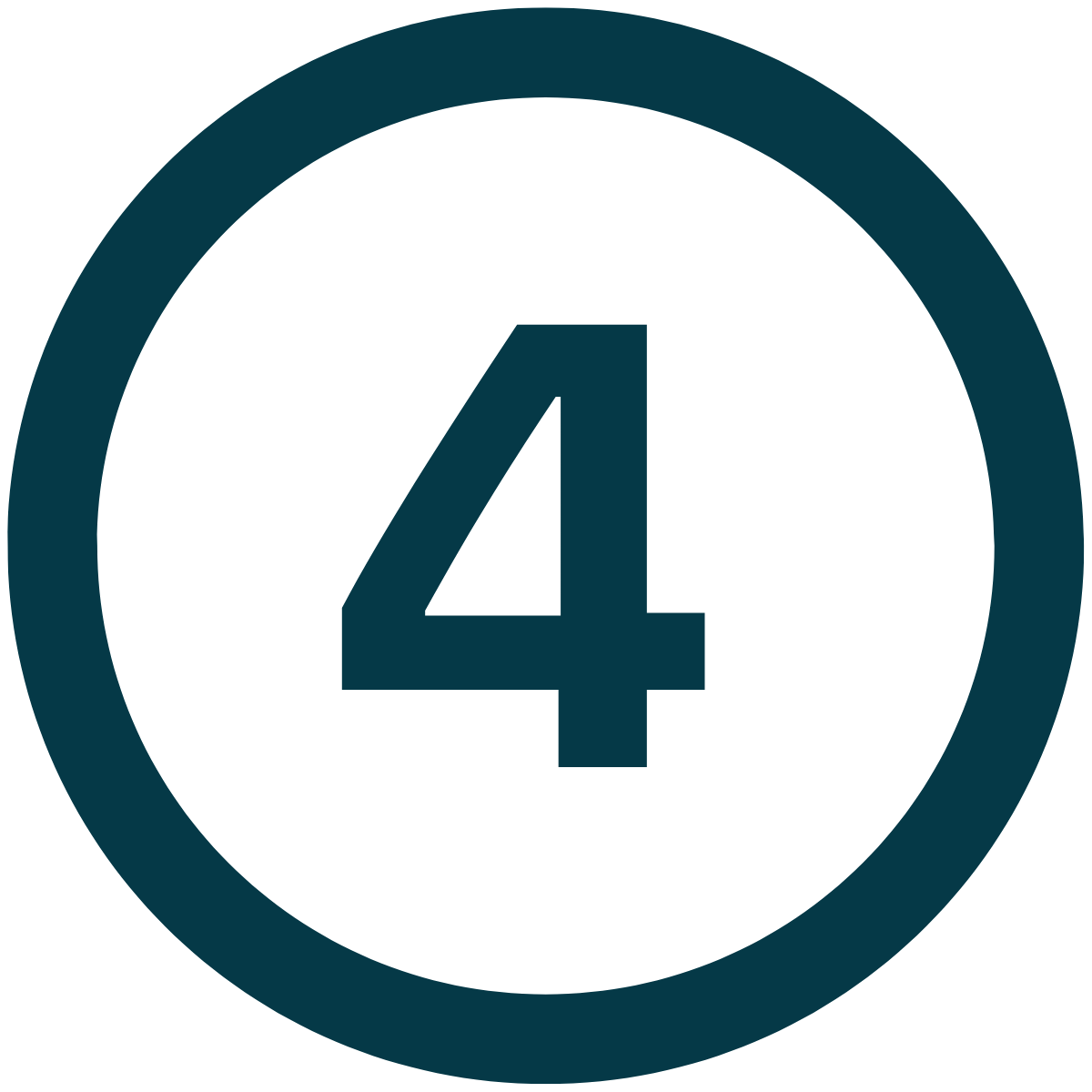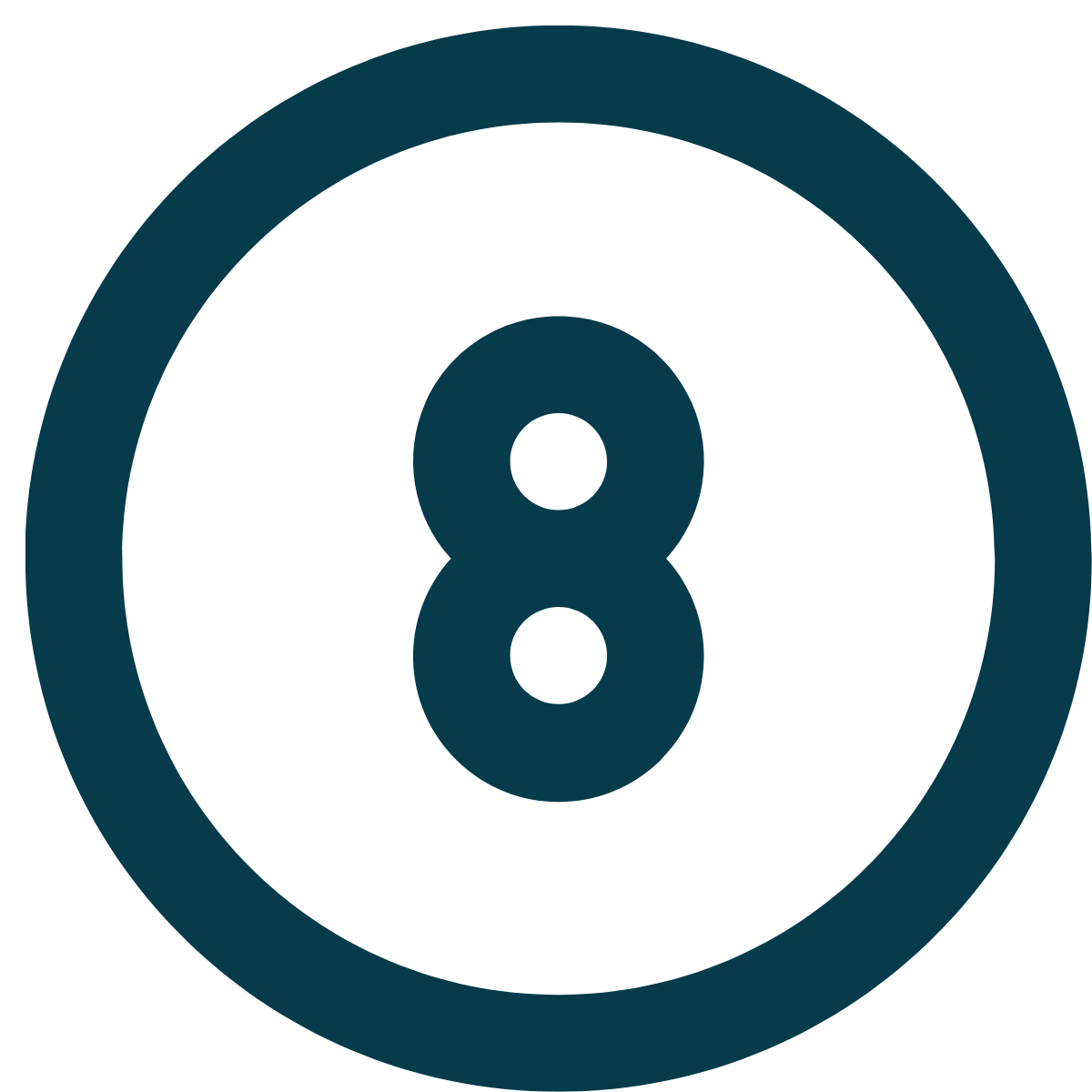SAFe Release Train Engineer (RTE)
Master the art of coordinating and orchestrating Agile Release Trains (ART) as a SAFe Release Train Engineer (RTE), ensuring smooth and aligned delivery at scale.
Join our experienced coaches and develop the skills necessary to lead program execution, resolve systemic obstacles, and ensure teams and stakeholders remain synchronized in a complex agile environment!

Who Is This Training For?
Target Audience:
The SAFe: Release Train Engineer (RTE) training is designed for professionals responsible for coordinating and managing an Agile Release Train (ART).
It is particularly suited for:
- Release Train Engineers (RTEs) or those aspiring to take on this role.
- Experienced Scrum Masters seeking to expand their responsibilities to multiple teams.
- Program Managers or Project Managers working in a SAFe environment who want to understand scaled management principles.
- Agile Coaches or Consultants supporting large-scale agile transformations.
- Team leaders or managers looking to optimize value delivery through agile release trains.
Prerequisites:
- Experience in agile project support or agile team leadership (recommended) or participation in PI as an RTE.
- Knowledge of Scrum and Kanban principles, with prior experience as a Scrum Master or similar role highly recommended.
- A SAFe certification (Agilist, Scrum Master, etc.) is beneficial but not required.
Schedule and Teaching Methods
Schedule:
- Training from 09:00 AM to 5:30 PM over 3 days.
- A 15-minute break in the morning and afternoon.
- A 1-hour lunch break.
Structure:
- 100% remote training with an open camera policy.
- Certificate of completion provided at the end of the training.
- Maximum of 20 participants per session.
- Registration: Open year-round, with spots allocated based on availability.
- Access Time: Training access is guaranteed within 7 days of registration.
- Certification: You have 30 days to complete the certification after the training ends.
- Our remote training is accessible to people with reduced mobility and those with disabilities.
Teaching Methods:
- Theoretical Presentations: Interactive sessions introducing key SAFe framework concepts.
- Case Studies: Analysis of real-world scenarios to demonstrate the practical application of SAFe principles.
- Group Work: Collaborative exercises and simulations to reinforce learning through practice.
- Q&A Sessions: Interactive discussions with the trainer to clarify concepts and address questions.
- Access to Documentation: Online resources, practical guides, and access to the SAFe community for continued learning after the training.
Price
The cost of the SAFe RTE training is 2000 $ (excl. VAT) per participant. This price includes:
- Access to training sessions.
- Educational materials and official SAFe documentation.
- Registration for the SAFe RTE certification exam.
- Post-training support and one-year membership in the SAFe community.
Program Overview
Chapter 1: The Role and Responsibilities of the Release Train Engineer
> The RTE’s role in the SAFe® context
> Key behaviors of an effective RTE
Chapter 3: How to Organize an Agile Release Train (ART)
> Building teams
> Identifying key roles
> The system team
Chapter 4: Planning a Program Increment (PI)
> Activities for preparing PI planning
> Facilitating and managing the 2-day PI planning
> Finalizing the plan and securing commitment
> Facilitating PI planning in distributed environments
Chapter 5: Tracking PI Execution
> How teams operate in iterations
> Events and tools to synchronize teams
> Metrics for tracking PI progress
> Preparing and facilitating innovation and planning iterations
> Using DevOps to enable releases on demand
Chapter 6: Driving Sustainable Continuous Improvement
> The ART’s inspection and adaptation workshop (Demo, measurement, and problem-solving)
> Audit tools for teams and ARTs
> The value stream concept
Chapter 7: The RTE in Service of the ART
> Being a servant leader
> Facilitating group dynamics
> Coaching teams
> Facilitating workshops with large groups
Chapter 8: Continuing Learning
> Creating your own RTE action plan
> Creating a roadmap to improve the ART
Chapter 9: Preparing for the Certification Exam (Post-Training)
> Mock exam with group review
> The exam is taken online (within a maximum of one month), available in English
> Exam tips and an instructional video explaining the exam process
> After the training, participants receive a link to the Scaled Agile Academy website to take the exam
> The exam consists of a 120-minute multiple-choice test with 60 questions
> A minimum score of 75% is required to pass the exam
Evaluation
During the training, the trainer evaluates participants’ progress through quizzes, simulations, and practical exercises.
Participants take a pre- and post-training assessment to validate their acquired competencies.
Training Objectives
- Master the role of Release Train Engineer (RTE)
- Facilitate large-scale SAFe ceremonies
- Coordinate and optimize Program Increments (PI)
- Manage dependencies and risks within the ART
- Encourage cross-team collaboration
- Track and measure ART performance
- Apply Lean-Agile principles at scale
- Achieve SAFe Release Train Engineer (RTE) certification
SAFe RTE
During this training, participants will gain a detailed understanding of the Release Train Engineer (RTE) role within a Lean-Agile transformation. They will acquire an in-depth understanding of the missions and responsibilities of an RTE in a company using SAFe®.
This training also prepares participants for the SAFe® Release Train Engineer (RTE) certification.









